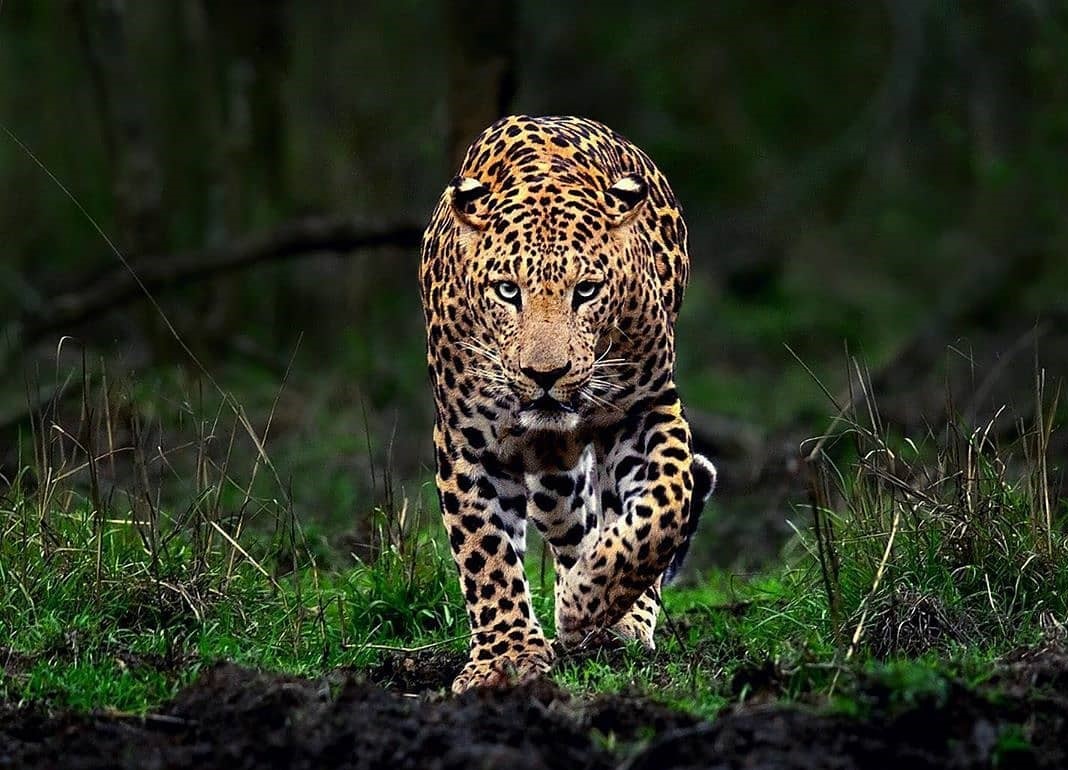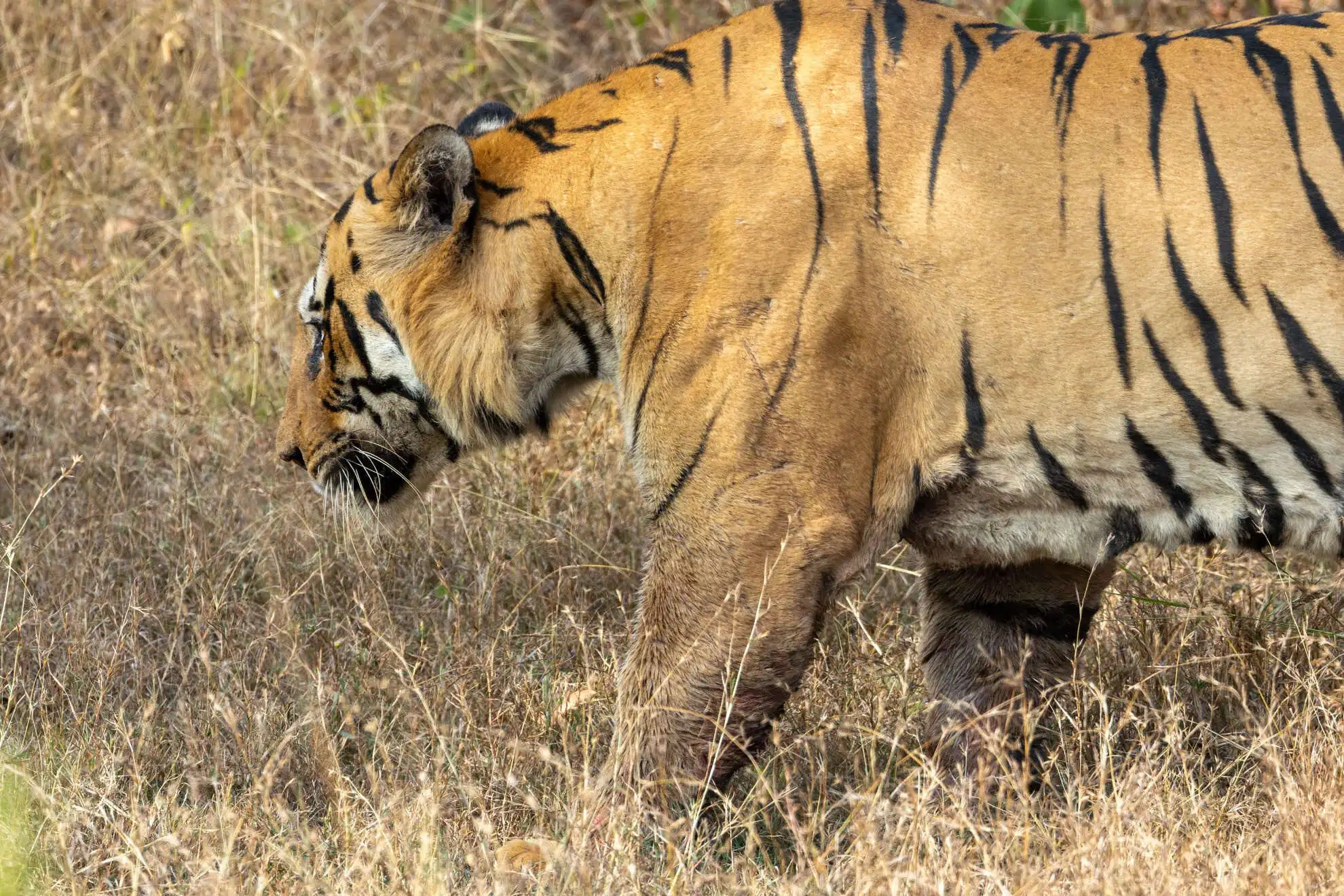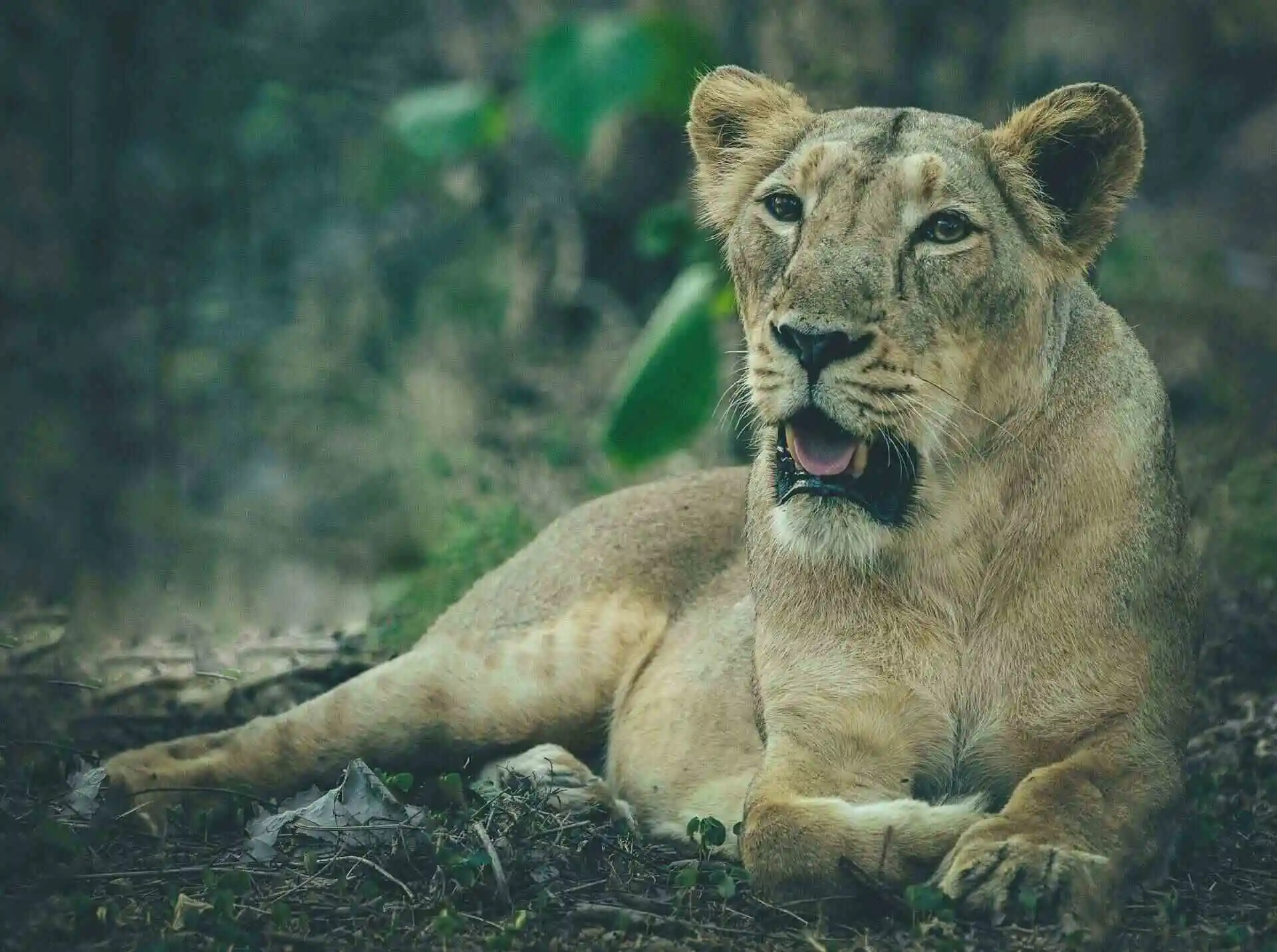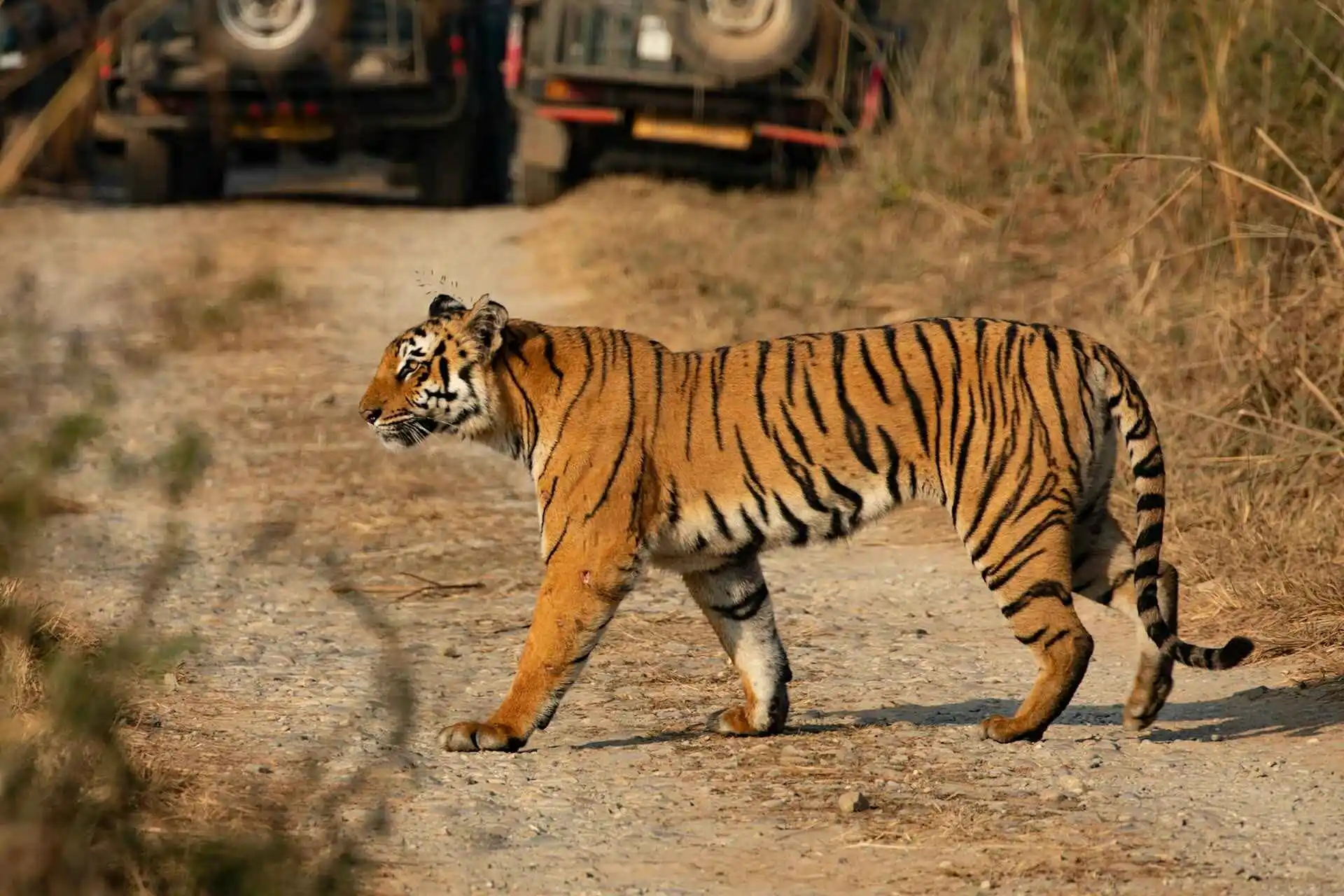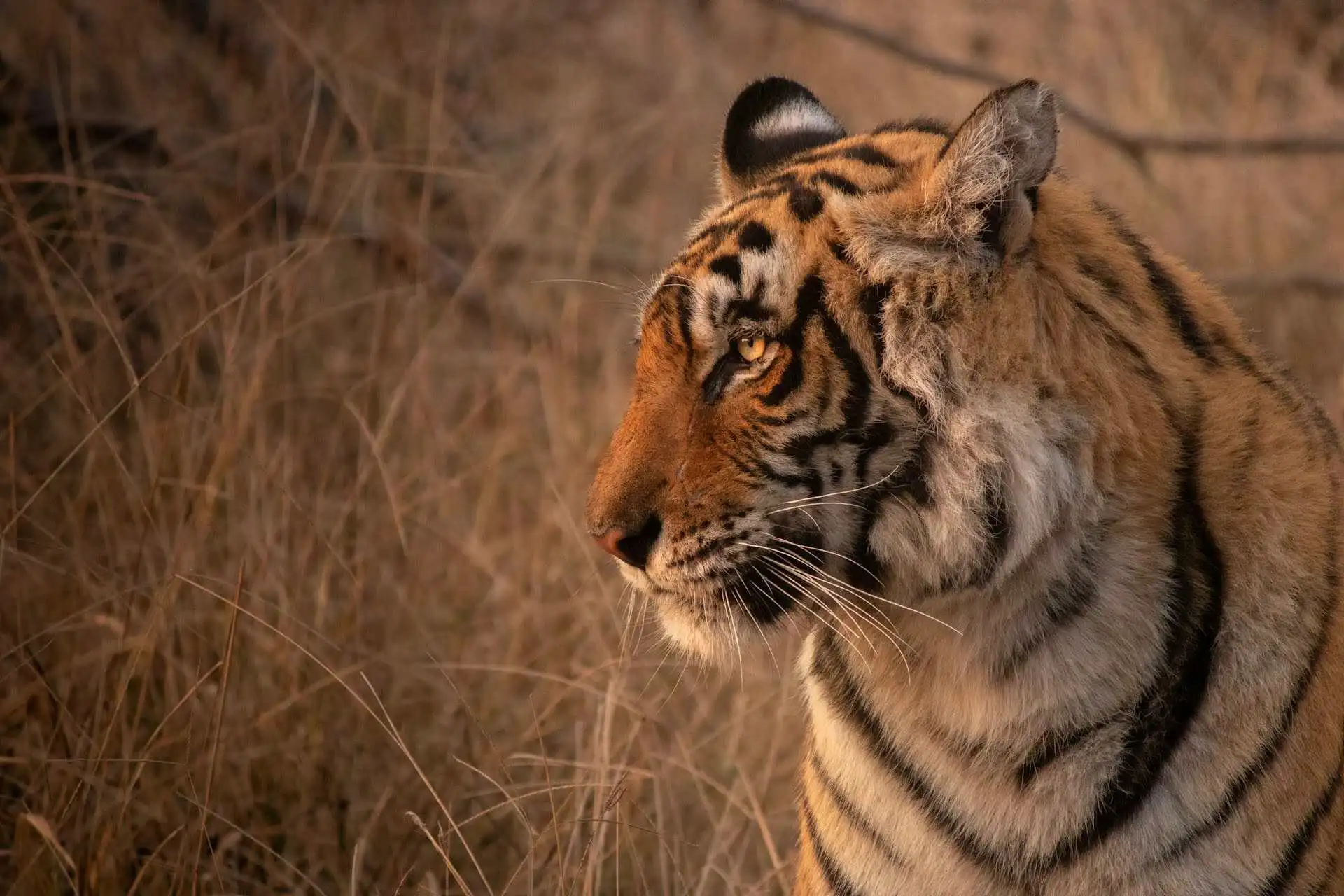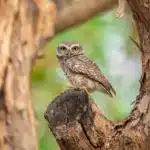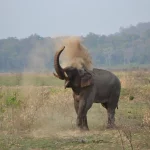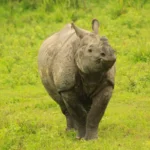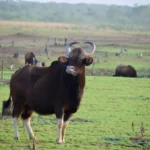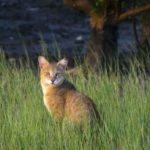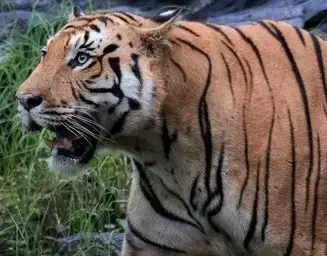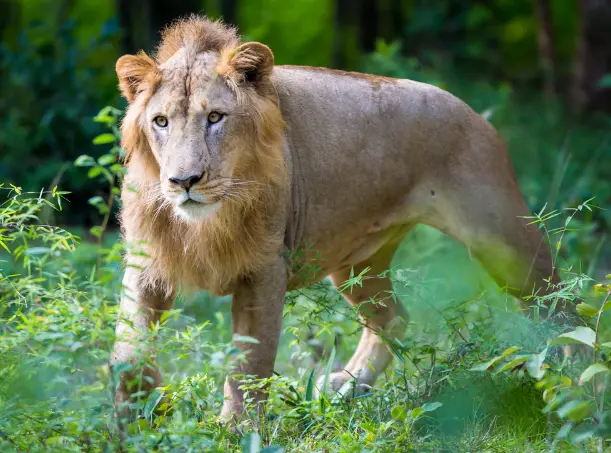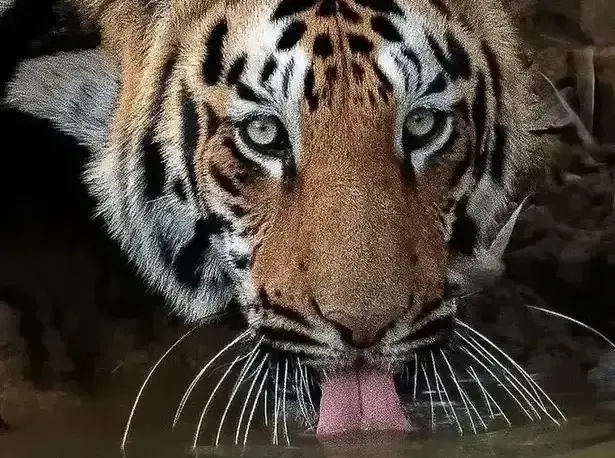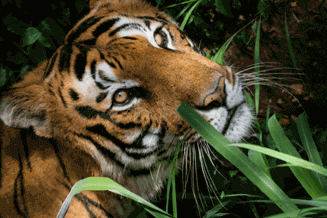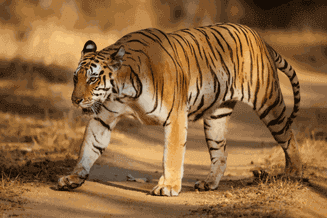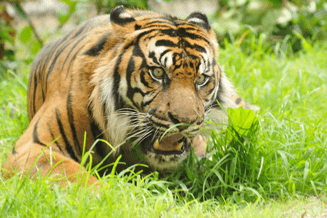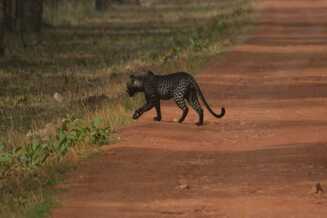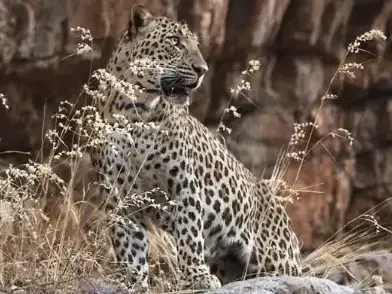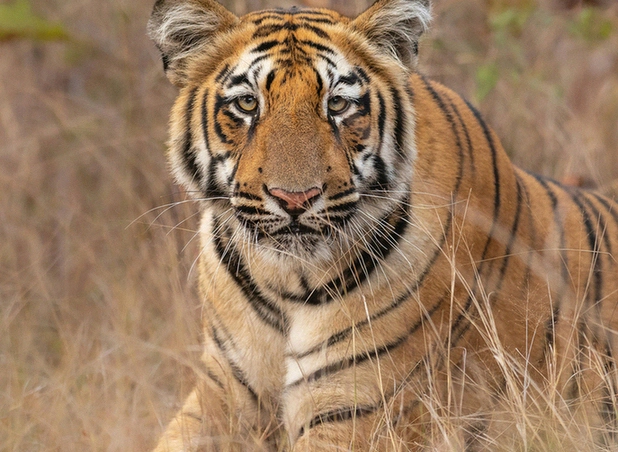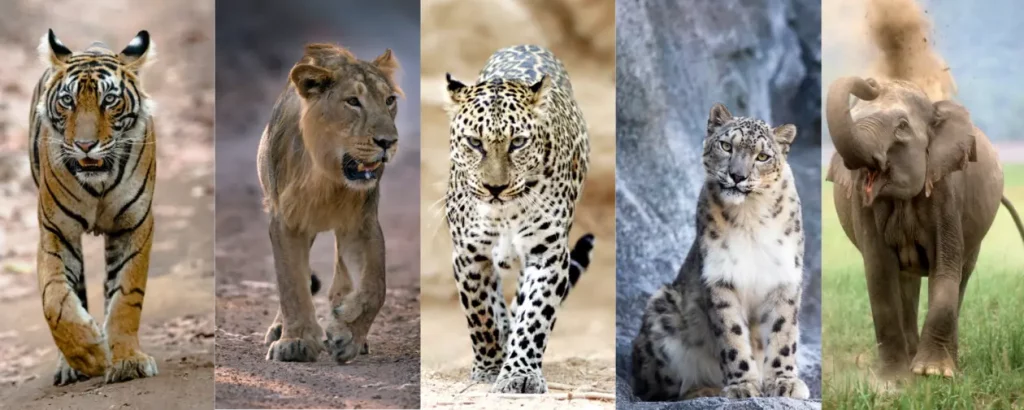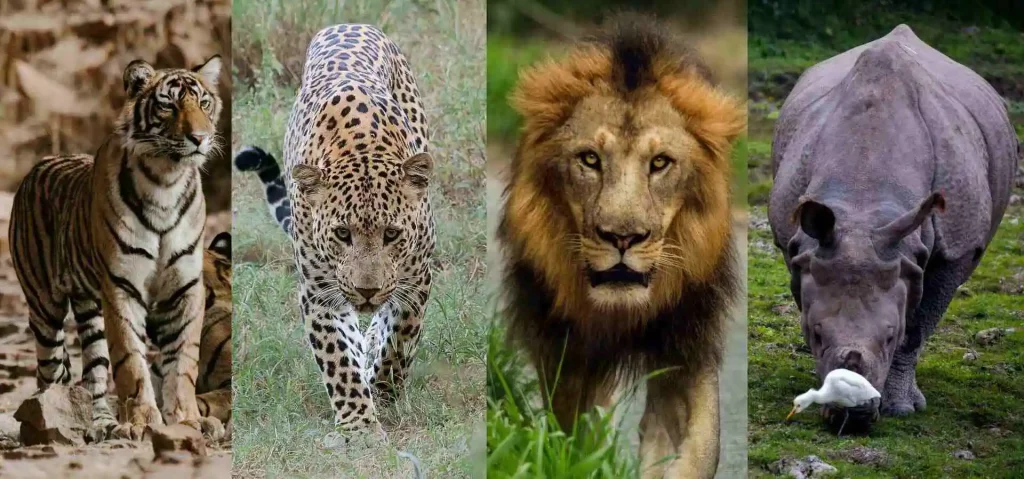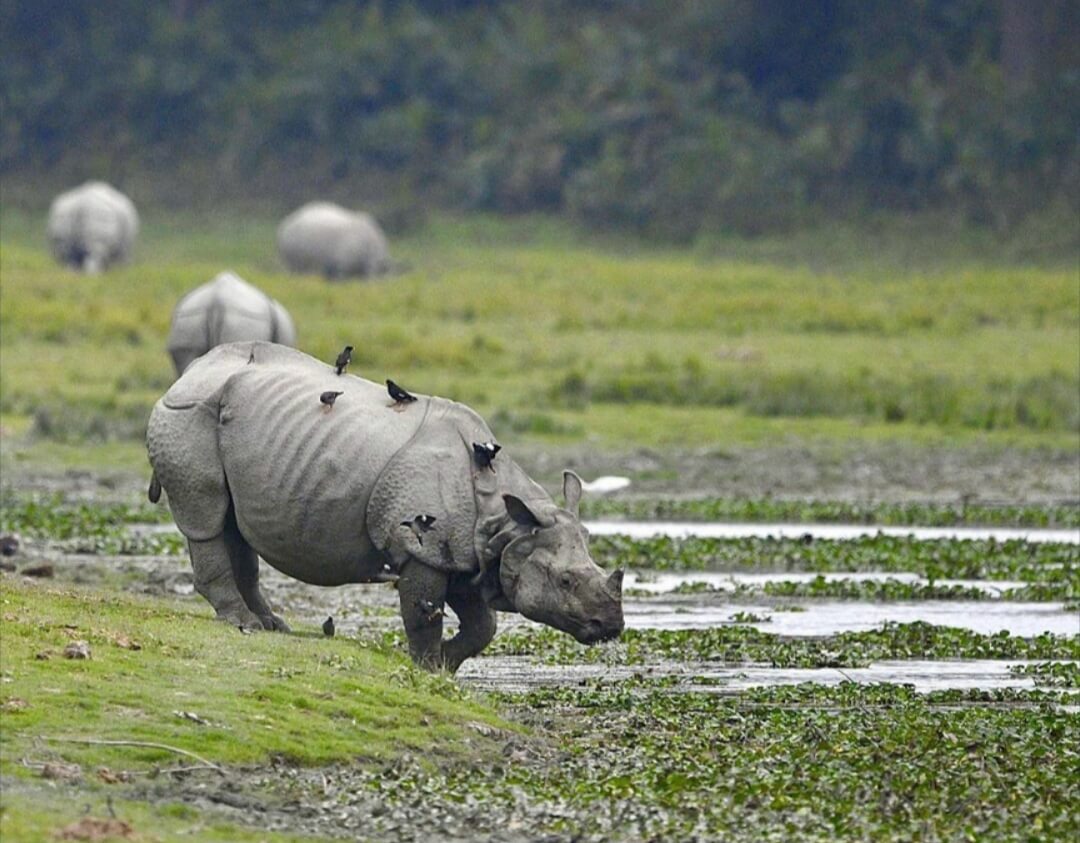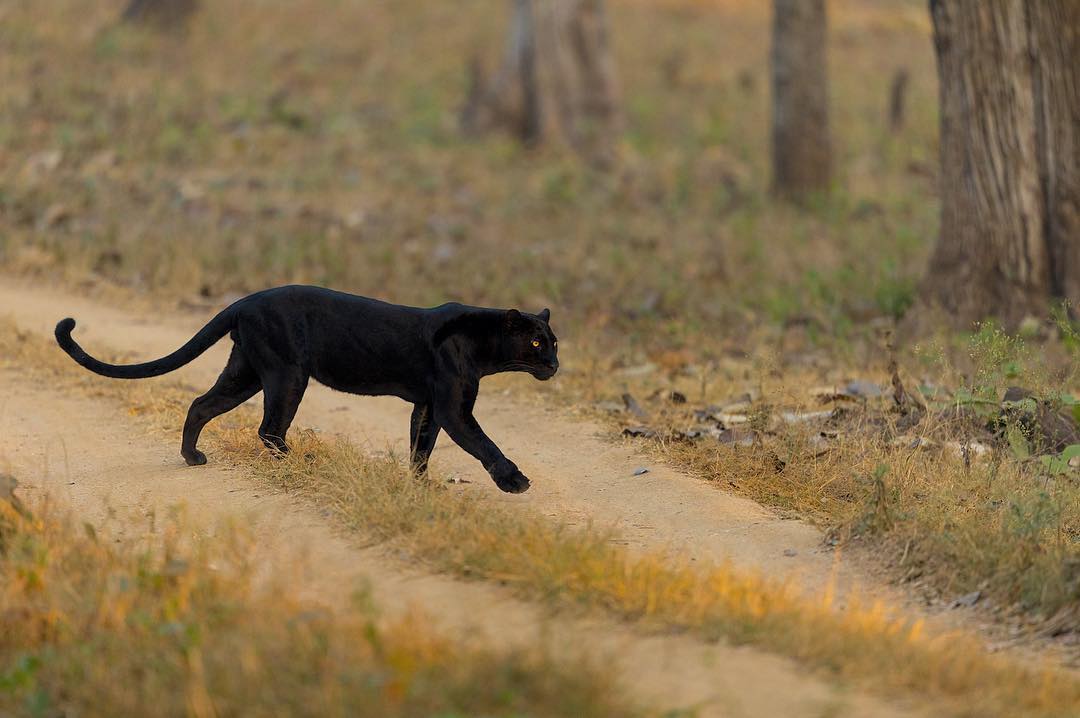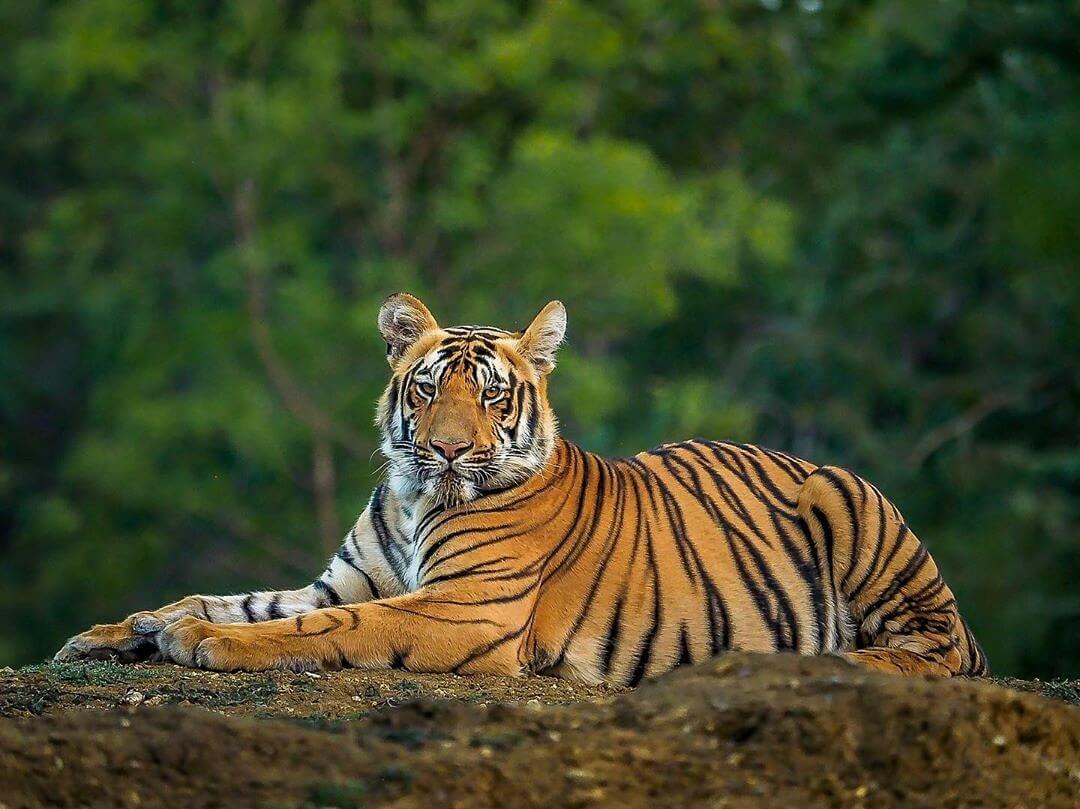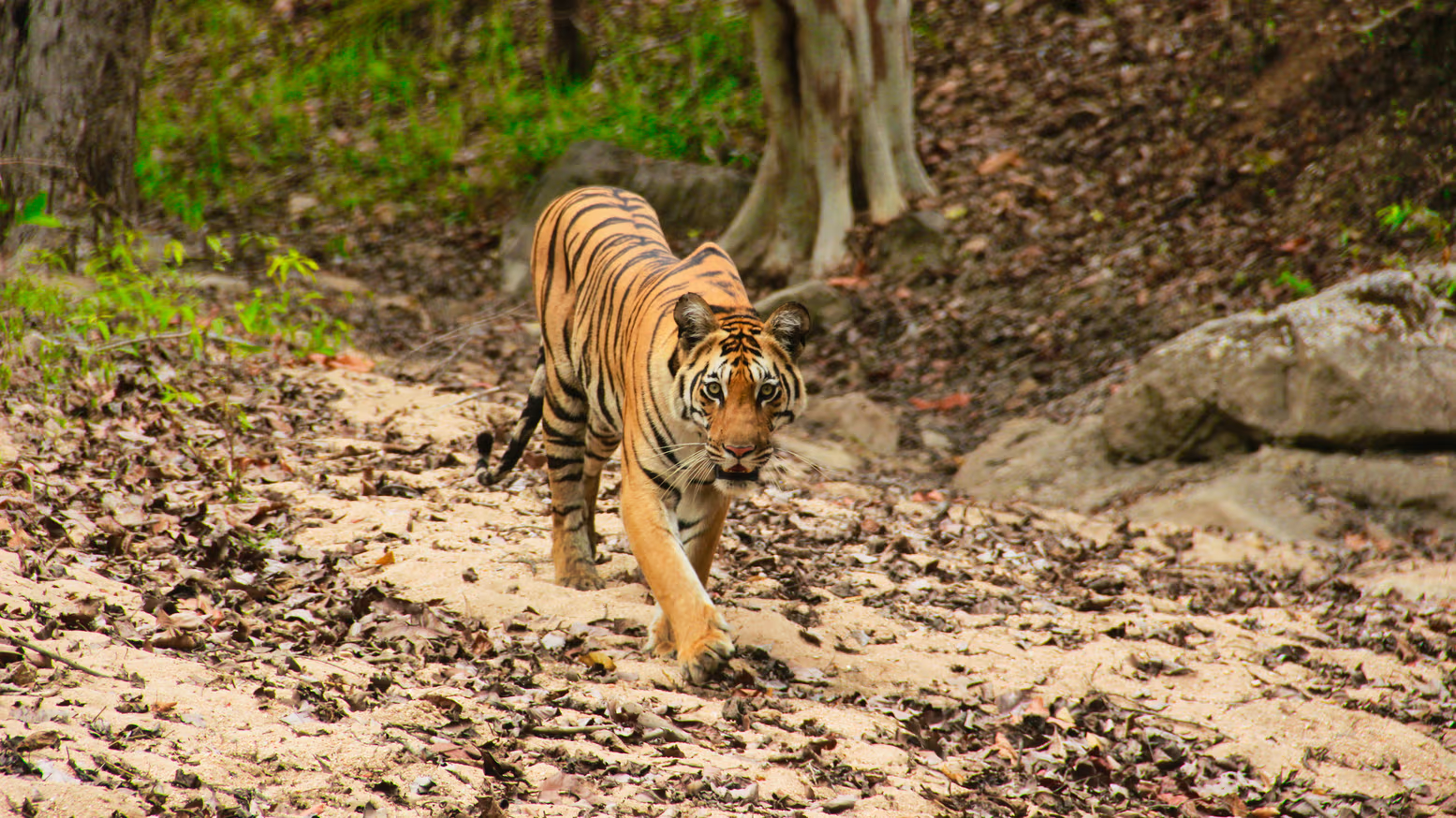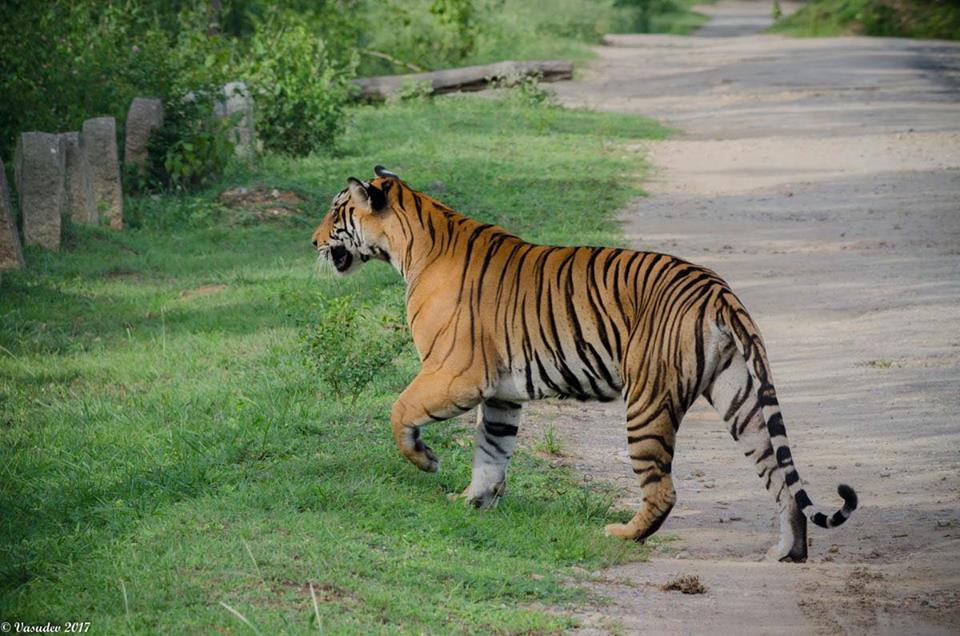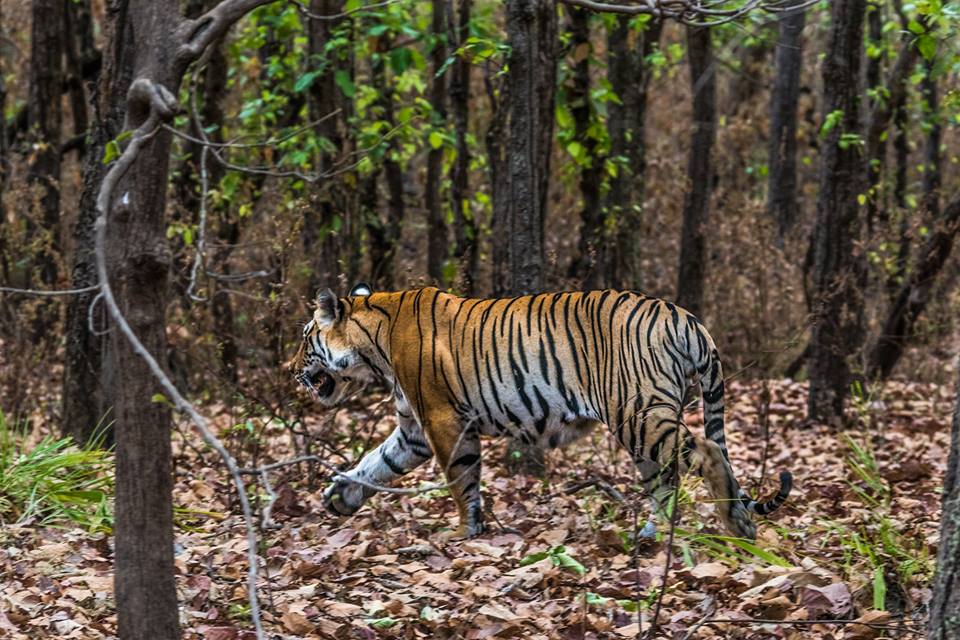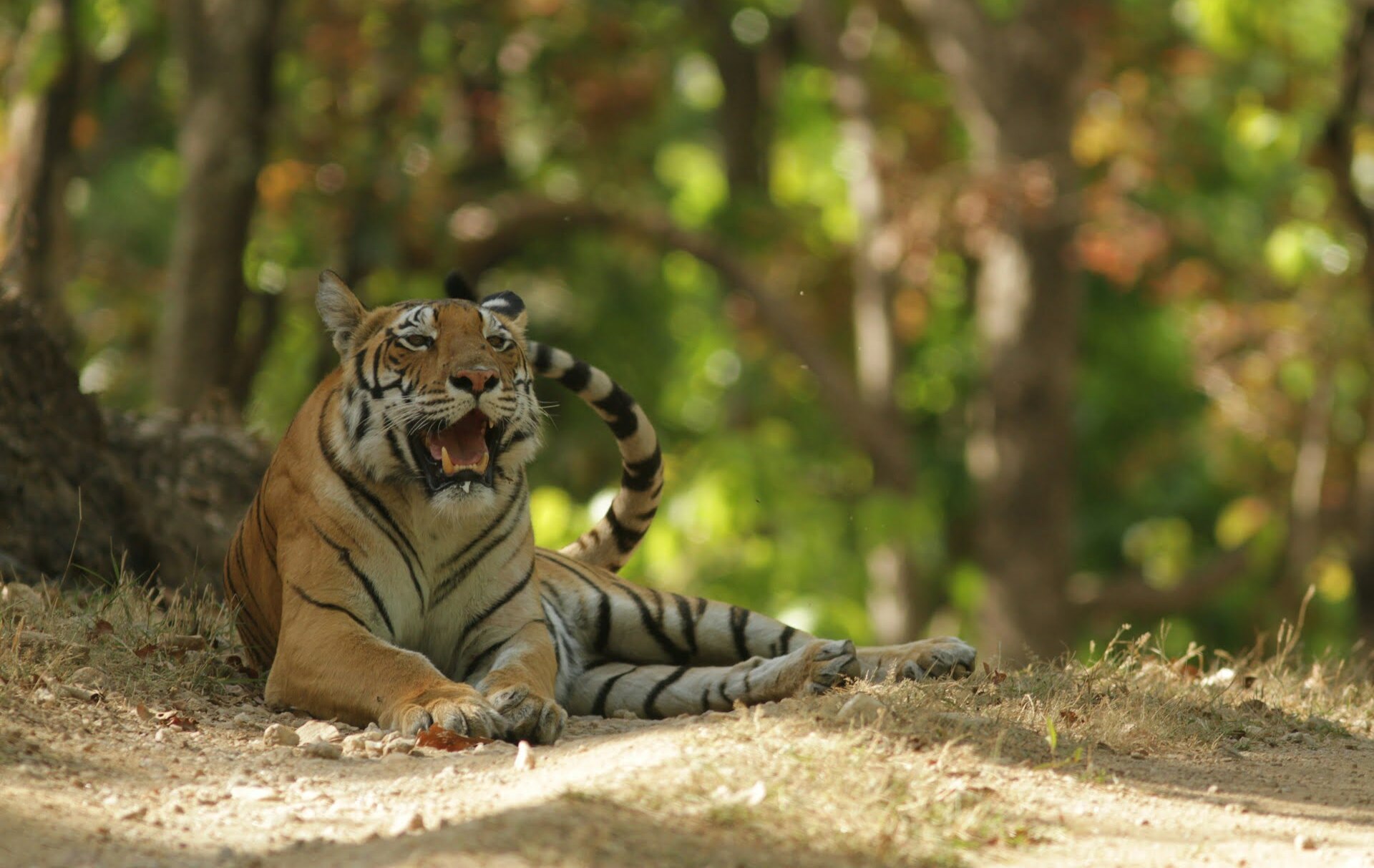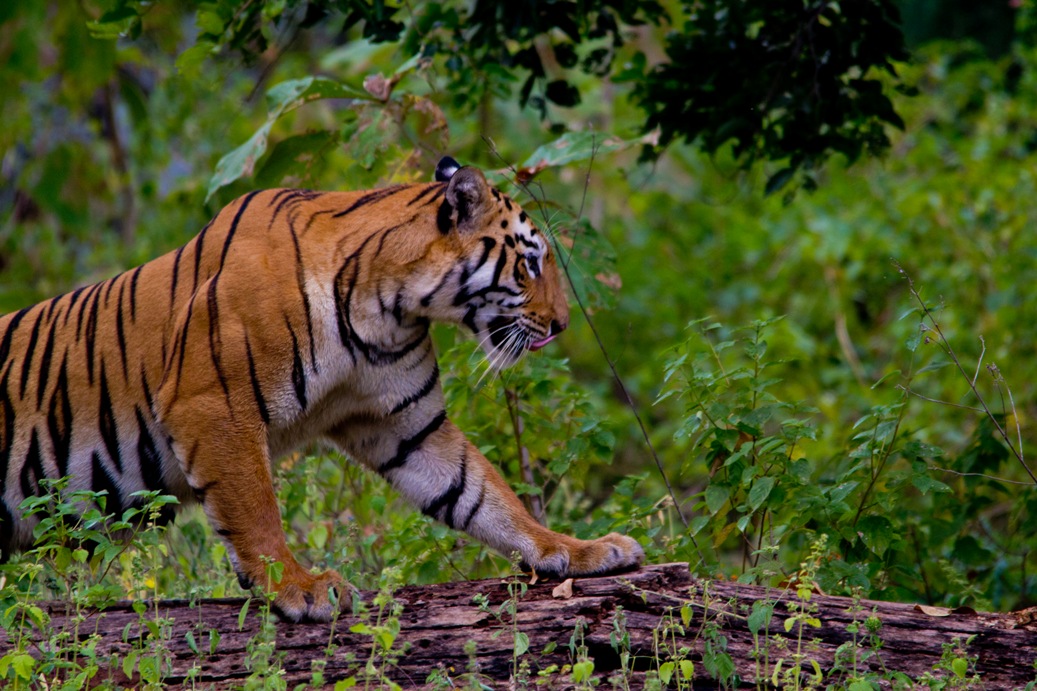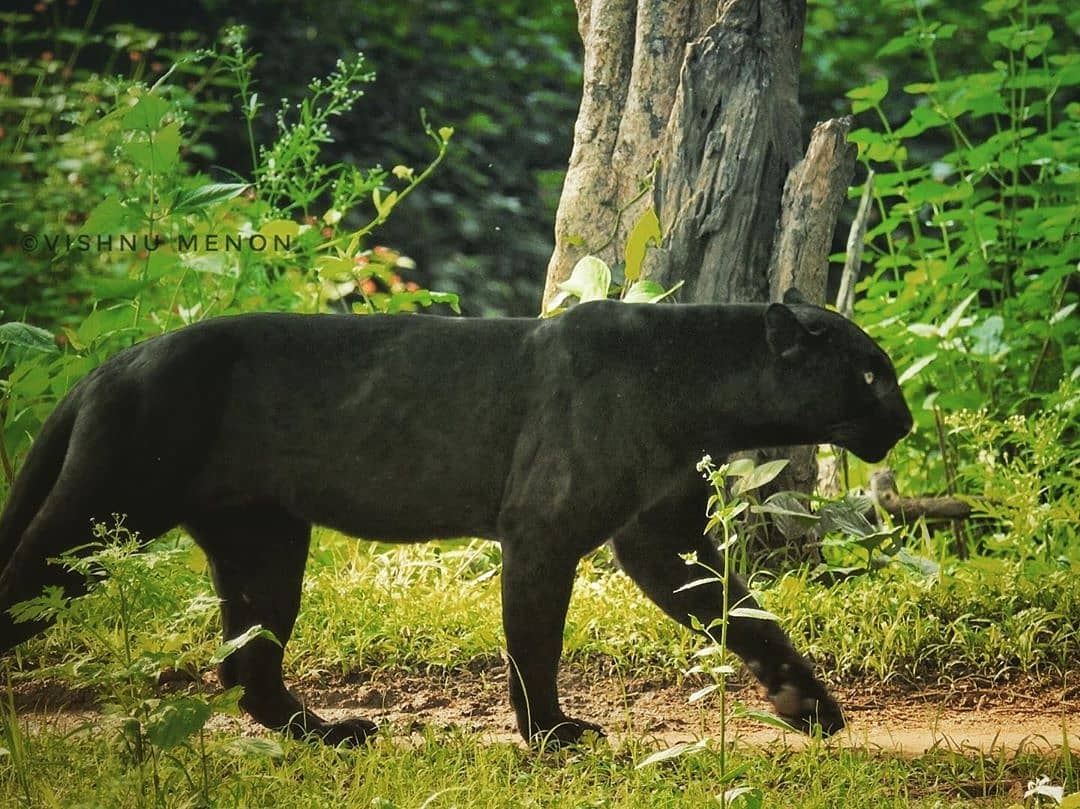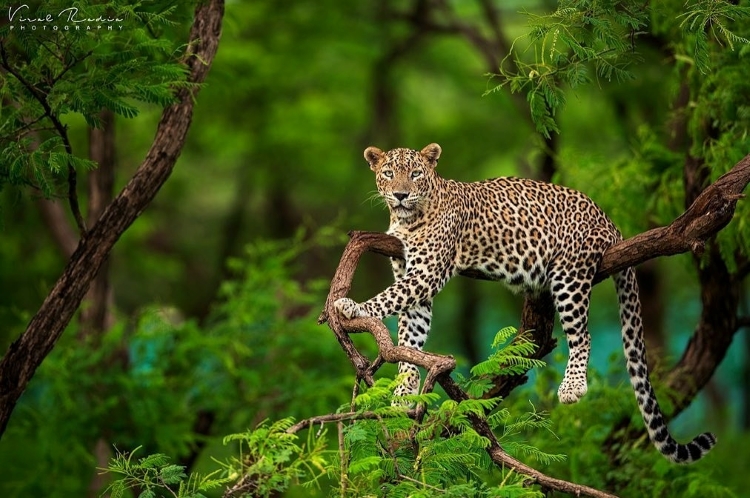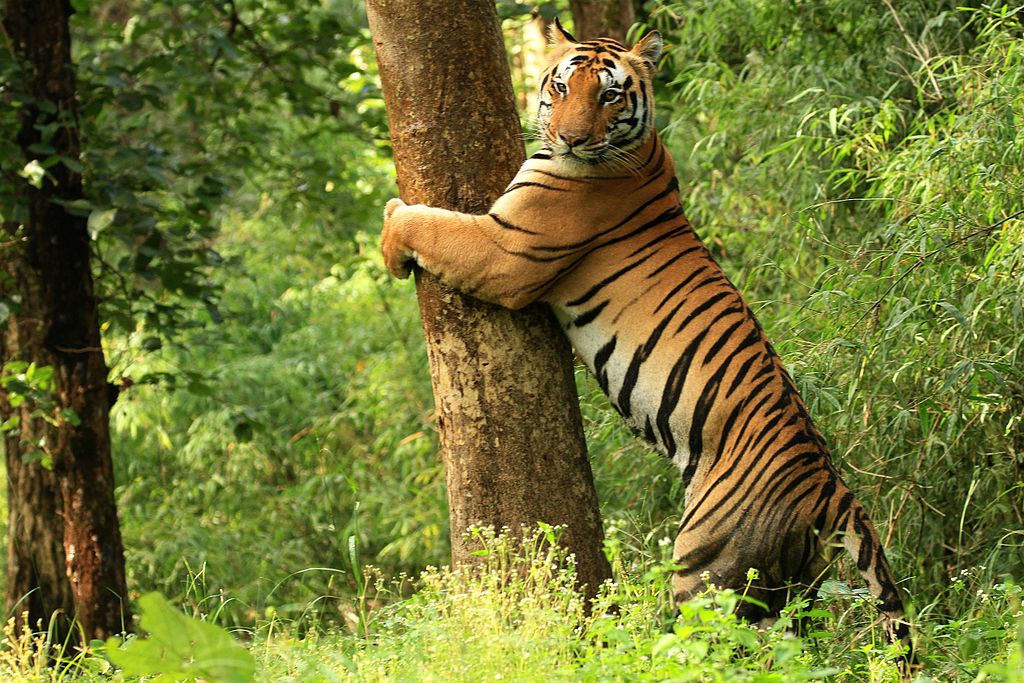10 Lesser Known Facts About Indian Leopards – Video
Indian Leopard or Leopards are elusive and one of the most beautiful and most loved Big Cat among all the Big Cat Species. This feline is ‘smaller’ as compared to the other member of the big cat family.
Indian Leopard can adapt itself to varying environments with ease and because of this, is the most successful in an era of habitat destruction, poaching and progressively increasing invasive human settlements!
Melanism is a common occurrence, which has been seen in the Leopards, in this, the whole skin becomes dark and the Melanistic Leopard is commonly known as Black Panther. Usually, people mistakenly assume Melanistic Leopard as a separate species, which is not the fact.
Leopard Classification
| Family | Felidae |
| Sub Family | Pantherinae |
| Genera | Panthera |
| Common Name | Leopard / Indian Leopard |
Physical Description of Indian Leopard
Leopards are a little smaller than the other big cat species, Leopards’ head is the largest part of their body and their tails can measure up to 3 feet. Like most species, Male Leopards are bigger than female Leopards.
The leopard’s coat consists of a background of pale, cream-yellow on its underside that darkens gradually to a golden brown on its backside. They have broad paws. Their face, head, throat, chest, and legs are covered with dark spots. Overall, their body is covered in many “rosettes”.
Conservation status of the Indian Leopard is Vulnerable as per IUCN Red List.
Physical Characteristics
| Life Span | 12 – 17 Years |
| Body Weight | Male 50-75 kg |
| Female 28 -60 Kg | |
| Height | 45 – 80 Cm |
| Canines | 2 – 3 Inches |
| Head-Body Length | Male 4 – 4.5 ft |
| Female 3.5 – 3.19 ft | |
| Tail Length | Male 2.5 – 3 ft |
| Female 2.5 – 2.10 ft |
Popular Tour Packages to Spot Leopards in India
Indian Leopard’s diet
So what does Leopard Eat?
Some of the common prey of Indian Leopard are Sambhar deer, Nilgai, Wild Boar, Langur, Peafowl, Indian Hare, etc.
Leopards are an opportunist predator, also frequently killing small livestock and feral animals like sheep, lamb, feral pigs, Rhesus Macaques, and also street dogs.
Indian Leopard behavior
The Indian leopard is a solitary, elusive and nocturnal Big Cat of Indian Jungle. These behaviors, combined with a natural aloof mentality and stealthy habits make it an apex predator in its habitat.
Although being a powerful swimmer, it does not like water. Being elusive and stealthy, the leopard specializes in stalking and ambushing its prey instead of actively running after it.
Sympatric Carnivores Species – In most of the National Parks, Wildlife Sanctuaries and Tiger Reserves in India, Leopards are sympatric with many other carnivores species like Sloth Bear, Striped Hyena, Jackal, Indian, Jungle Cat, Fishing Cat, etc, However, India Leopards are not sympatric with Bengal Tigers, Most of the time Tigers push Leopards to stay near buffer area or neat human localities.
Human Leopard Conflicts
Leopards can tolerate proximity to humans better than any other big cat. Their comfort with being around human settlements is evident from the fact that many leopards boldly explore cities and come near rural settlements. This situation is very real in today’s era, where rapid urbanization has led to them being more dependent on farm animals for food. Today, designated leopard reserves need to be cordoned off from other sanctuaries
Interesting Facts about Indian Leopards
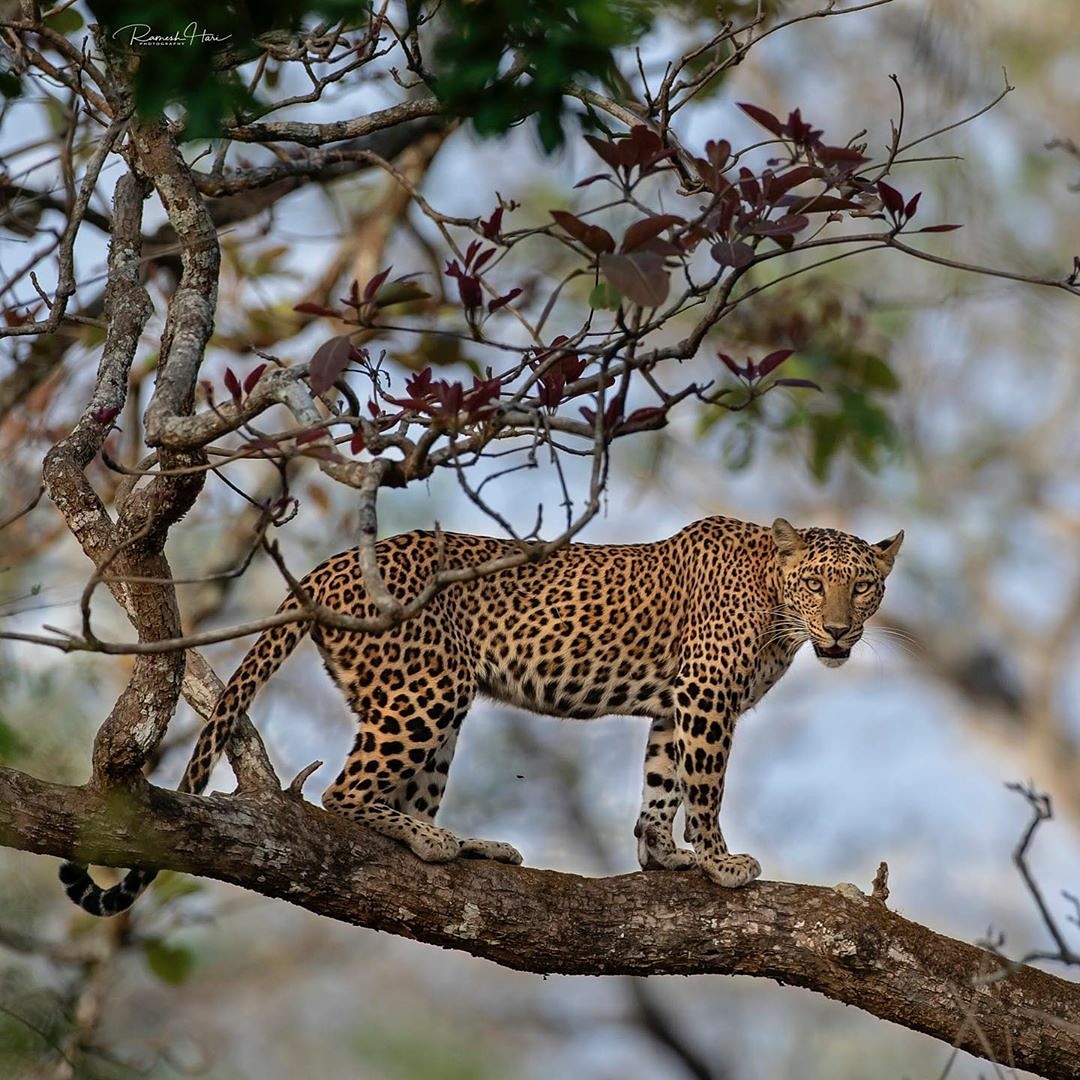
Indian Leopard on a Tree, Img@Ramesh Perumal
- The leopard is the most elusive and secretive of the large felids. It is extremely difficult to track and locate them in the wild.
- Leopards are skilled climbers, They can climb trees very quickly, Their Paws are designed to get a better grip on the tree than other big cats.
- Leopards live in the widest range of habitats in India. This big cat can survive in various difficult geographical regions. They are spread across India in various locations and have adapted themselves to the climate and region.
- They can run up to 50-60 km/h, and leap 6.5m horizontally and 3.5m vertically.
- Being nocturnal animals, leopards are active at night and hunt their prey mostly during the nighttime.
- Indian leopards are solitary predators, with the exception of the mating season.
- you would only find one leopard in its specific marked territory.
- Leopards live 21-23 years in captivity. However, their life span in the wild can be estimated around to be 10-14 years. Disease, traps, and predation by Lions, and Tigers can be responsible for leopard deaths in tiger reserves and National Parks.
- Each cub weighs only 18 to 22 ounces (600 to 700 grams) at birth, is blind and nearly hairless.
- The Gestation period of Leopards is around 90-110 Days.
- Generally, the leopard delivers 2-3 Cubs at a time.
- Only 2 out of 10 Leopard Cubs make it to Adulthood, Most of the cubs get killed by other predators to reduce the competition.
- When Leopard Cubs are one and a half years old, they are ready to live on their own and at approximately 3 years old will be able to procreate their own.
- Leopards, unlike tigers, are ambush predators.
Less Known Facts about Leopards
- The name “leopard” arrived from the Greek word leopardus, which means a mixture of Leon (lion) and Pardus (panther)
- Indian Leopards are listed in Schedule 1 of the Indian Wildlife (Protection) Act, 1972, and are listed as Near Threatened on the IUCN Red List. It’s about time the government constructed leopard reserves.
- Leopards don’t need much water. They tend to rely more on the blood of their prey. That is why they can successfully thrive even in arid and mountainous regions.
- A male leopard can drag a carcass twice its own body weight. They will often drag their prey on trees to hide it from other scavengers like vultures, and hyenas, and pack hunters like dholes.
- Each rosette is like an individual fingerprint; each Indian leopard has a unique pattern and these patterns are used by researchers to identify each individual. The rosettes on the Indian leopard are larger than those on other leopards.
- Melanistic Leopards have rosettes but they are not clearly visible. These Melanistic Leopards are known as Black Panthers. A famous one is the character ‘Bagheera’ from Rudyard Kipling’s 1894 novel The Jungle Book.
- Leopards’ tails are longer than any other big cat, playing a very important role in supreme agility: balancing, jumping, turning sharply, leaping, or running.
- Leopards show sexual dimorphism, with males larger and heavier than females.
Leopard Population in India
It is estimated that 12,000-14,000 leopards are found in India, however, it has been severely affected by poaching for skins and body parts for the illegal medicine trade; Just to quote numbers, in India, there were 3,500+ leopards poached from 1994 to 2015.
The latest IUCN report, which groups different leopard subspecies combined as Vulnerable, also details a full assessment of the Indian Leopard population, as today there may be lesser than 10,000 full-grown individuals left.
Threats to Indian Leopards
Some of the most common threats to Indian Leopards are
- Poaching
- Human Animals Conflicts
- Loss of Natural Habitats
- Road Accidents
National Parks, Reserves, & places to see Leopard in India
Although Leopards can be seen all over the Indian subcontinent, the following parks, reserves, & places where the chances of spotting a leopard as more than that of any other place.
- Kabini Wildlife Sanctuary
- Jawai Leopard Hill
- Jim Corbett National Park
- Bhadra Wildlife Sanctuary
- Tadoba Tiger Reserve
Best time to see India Leopard in the wild
Leopards can be spotted in the wild year-round. But the best time to spot leopards is during summers, as most of the wildlife tend to roam around the water bodies during the summers because of the lack of water sources available in the wild.
During monsoon and winters, it gets easier for the leopard to hide behind the bushes very easily so monsoon is definitely not the good time to go for a leopard safari, and in winters there are changes that we can spot the leopards but still during winters many of the water bodies in the deep forest have ample of water and being solitary in nature, Leopards opt to stay in the deep forest instead of coming on the edge of the bushes.

